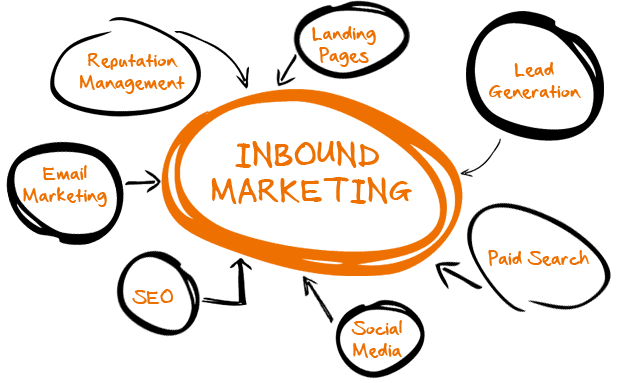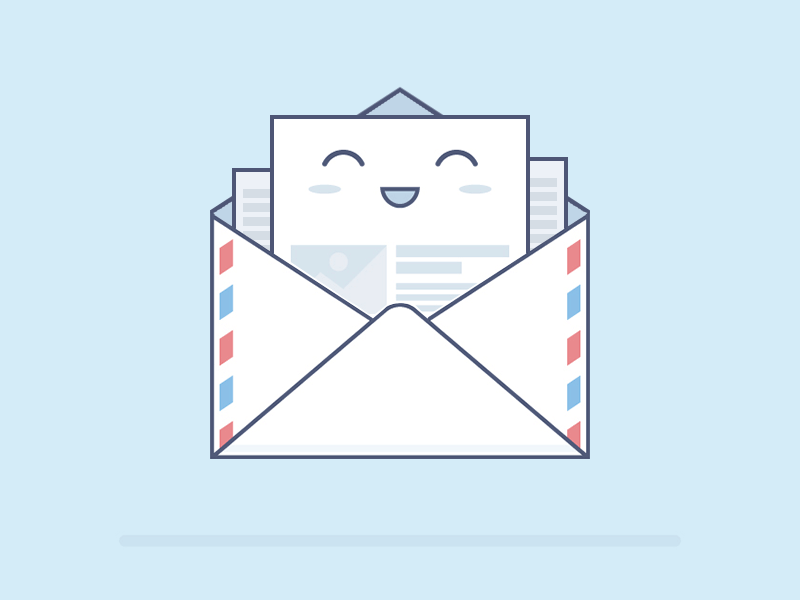Inbound
In content marketing, inbound marketing refers to the practice of attracting and engaging potential customers through valuable, relevant, and helpful content rather than interruptive advertising or promotional messages. The focus is on creating content that aligns with the interests, needs, and challenges of the target audience, with the goal of drawing them towards your brand naturally. Here are some key strategies and tactics used in inbound content marketing.
Content Creation Develop high-quality, informative, and engaging content that addresses the pain points, questions, and interests of your target audience. This could include blog posts, articles, whitepapers, eBooks, case studies, infographics, videos, podcasts, and interactive content such as quizzes or assessments.
Search Engine Optimization (SEO) Optimize your content for search engines to improve its visibility and ranking in search engine results pages (SERPs). Conduct keyword research to identify relevant search terms and phrases used by your target audience, and incorporate them strategically into your content, titles, meta descriptions, and headings.
Content Promotion Promote your content through various channels to increase its reach and attract more visitors to your website. This could include sharing content on social media platforms, email newsletters, industry forums, online communities, and content syndication networks. Encourage sharing and engagement by making your content easily shareable and providing social sharing buttons on your website.
Lead Generation Use content marketing to capture leads and build your email list. Offer valuable content assets such as eBooks, whitepapers, or webinars in exchange for visitors' email addresses. Create targeted landing pages and lead capture forms to collect contact information and segment leads based on their interests and behaviors.

Email Marketing Nurture leads and build relationships with prospects through email marketing campaigns. Send personalized and relevant content to subscribers based on their preferences, interests, and stage in the buyer's journey. Use email automation and segmentation to deliver targeted messages and drive engagement.
Content Upgrades and Offers Provide additional value to website visitors by offering content upgrades, bonuses, or special offers related to the content they're consuming. This could include downloadable resources, discount codes, free trials, or exclusive access to premium content in exchange for taking specific actions, such as subscribing to your email list or completing a form.
Conversion Optimization Optimize your website and landing pages to improve conversion rates and encourage desired actions from visitors, such as signing up for a newsletter, downloading a resource, requesting a demo, or making a purchase. Test different elements such as headlines, calls-to-action (CTAs), forms, and page layouts to identify what resonates best with your audience and drives the most conversions.
Analytics and Measurement Track and analyze key metrics and performance indicators to assess the effectiveness of your inbound content marketing efforts. Monitor metrics such as website traffic, engagement, conversion rates, lead quality, and return on investment (ROI). Use insights gained to refine your strategy, optimize your content, and improve results over time.
